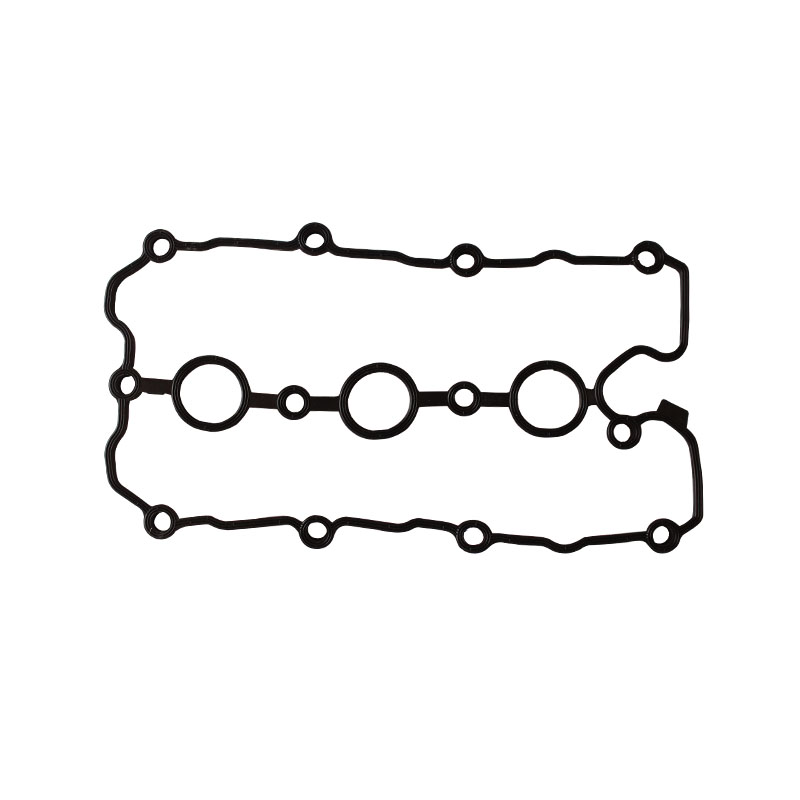high speed rotary shaft seals
High-Speed Rotary Shaft Seals An Essential Component in Modern Machinery
In today's fast-paced industrial landscape, high-speed rotary shaft seals play a crucial role in ensuring the efficiency and longevity of machinery. As rotational speeds in various applications continue to rise, the need for effective sealing solutions has become increasingly pressing, driving innovation in seal design and materials.
Understanding Rotary Shaft Seals
A rotary shaft seal, also known as a lip seal or oil seal, is a sealing device used to prevent leakage of fluids from the moving parts of machinery. These seals are typically installed around a rotating shaft and serve two primary functions to retain lubricants and to exclude contaminants. Their effectiveness is vital in a variety of applications, ranging from automotive engines to aerospace equipment.
Key Features and Design Considerations
High-speed rotary shaft seals are specifically engineered to handle the unique challenges posed by high rotational velocities. One of the primary considerations in their design is the material used. Advanced elastomers, such as fluorocarbon and nitrile rubber, are often favored for their excellent resistance to wear, heat, and chemicals. These materials not only enhance the performance of the seals but also extend their lifespan, thereby reducing the frequency of maintenance and replacement.
Another critical aspect is the seal’s lip profile. High-speed seals often feature specialized lip designs that minimize friction and wear while providing a tight seal against the rotating shaft. The geometry of the lip can be optimized to improve sealing performance at high speeds, which is essential in preventing oil leakage and ensuring a tight barrier against contaminants.
Performance in High-Speed Applications
high speed rotary shaft seals

In high-speed applications, the centrifugal force acting on the seal can significantly influence its performance. As speed increases, the risk of seal failure also rises due to factors such as heat generation and vibration. Therefore, manufacturers must conduct extensive testing to ensure that their seals can withstand the pressures of high-speed environments. This involves simulating operating conditions to assess the seal's durability, leakage rate, and overall effectiveness.
Additionally, advanced manufacturing techniques, such as injection molding and precision machining, have improved the production of rotary shaft seals, allowing for tighter tolerances and higher quality control. This, in turn, contributes to better sealing capabilities, reducing the risks of premature failure and operational downtime.
Applications Across Industries
High-speed rotary shaft seals are utilized across a multitude of industries, including automotive, aerospace, and industrial machinery. In the automotive sector, these seals prevent oil leakage from engines and gearboxes, enhancing efficiency and minimizing environmental impact. In aerospace applications, the reliability and performance of rotary shaft seals are critical for aircraft engines, where even minor leaks can lead to catastrophic failures.
Industrial machinery manufacturers also rely on high-speed seals in applications such as pumps, compressors, and turbines. These seals help maintain optimal performance while protecting the machinery from contamination, thereby enhancing productivity and reducing maintenance costs.
Conclusion
As industries continue to evolve and the demand for high-speed machinery increases, the importance of high-speed rotary shaft seals cannot be overstated. They are essential components that ensure machinery operates efficiently and reliably. Ongoing advancements in materials and design will continue to enhance their performance, paving the way for even greater innovation in machine design and functionality. Proper selection and maintenance of these seals are therefore crucial for ensuring the longevity and performance of modern equipment.
-
Understanding the Front Main Engine Seal: Purpose, Maintenance, and Installation
News Jul.29,2025
-
Understanding O-Rings and Seal Rings: Types, Applications, and Custom Solutions
News Jul.29,2025
-
Understanding Crankshaft Oil Seals: Rear Seals, Pulley Seals, and Their Role in Engine Integrity
News Jul.29,2025
-
The Importance of Front and Rear Crankshaft Seals in Engine Performance and Oil Management
News Jul.29,2025
-
Crank Oil Seals: Functions, Types, and Cost Considerations in Engine Maintenance
News Jul.29,2025
-
A Comprehensive Guide to O-Rings and Seals: Types, Materials, and Global Applications
News Jul.29,2025
-
Mastering Diesel and Performance Engine Maintenance: A Guide to Critical Oil Gaskets
News Jul.28,2025
Products categories















